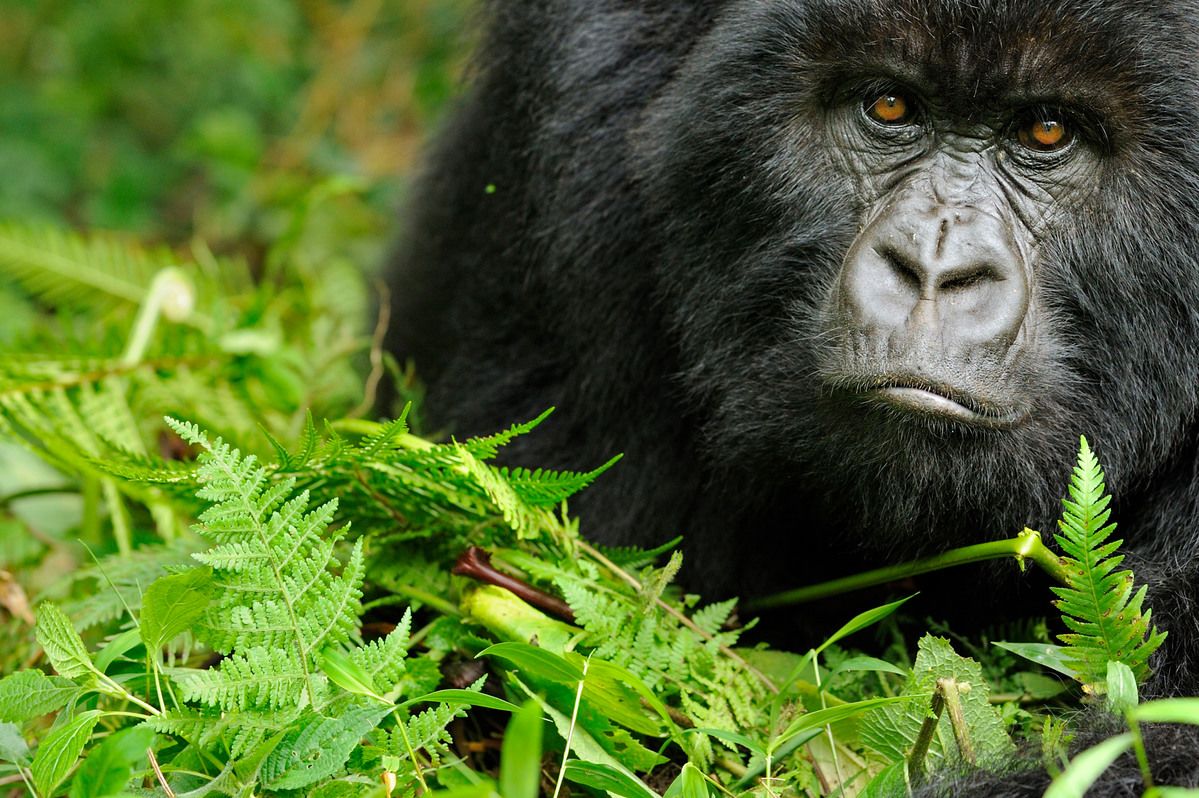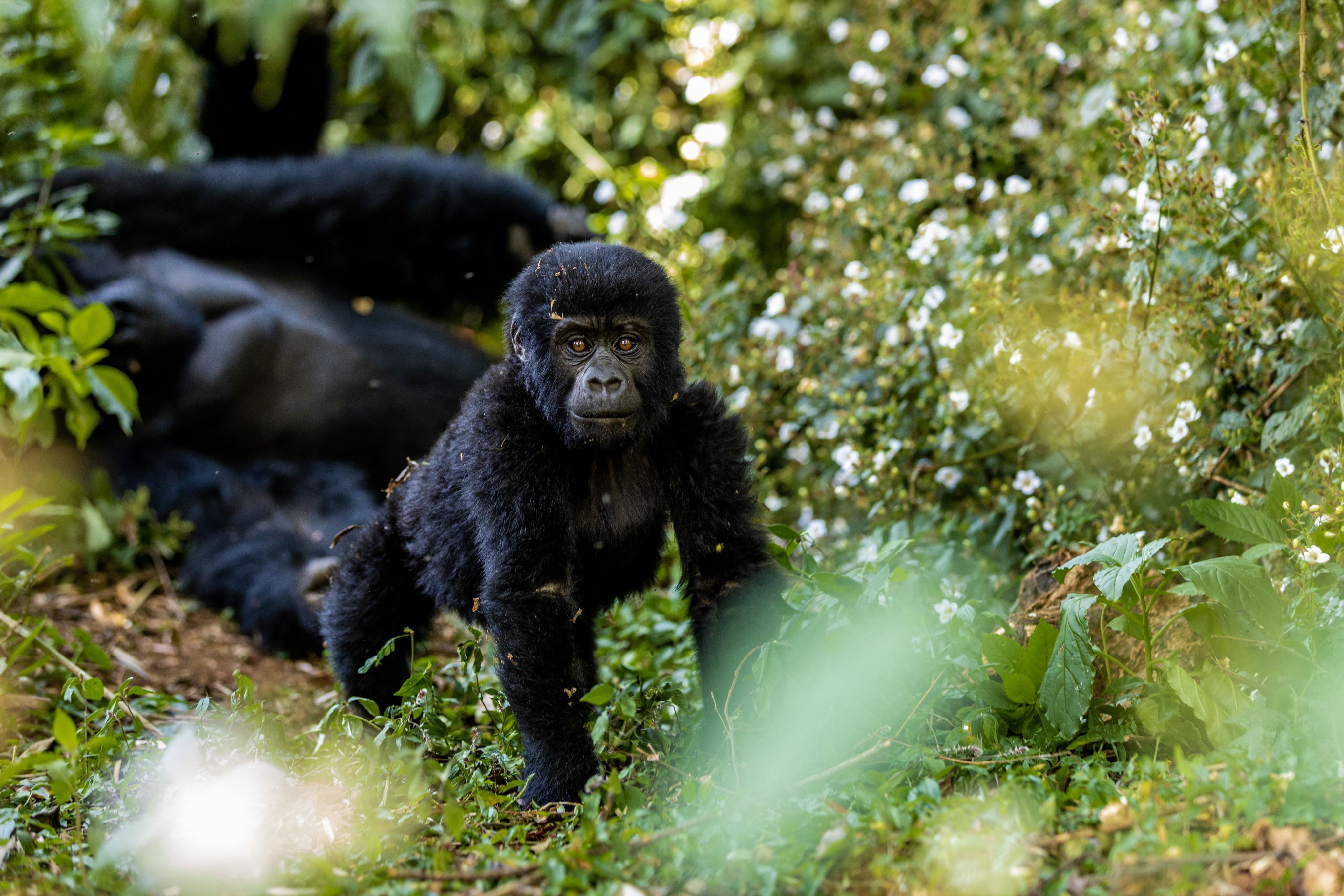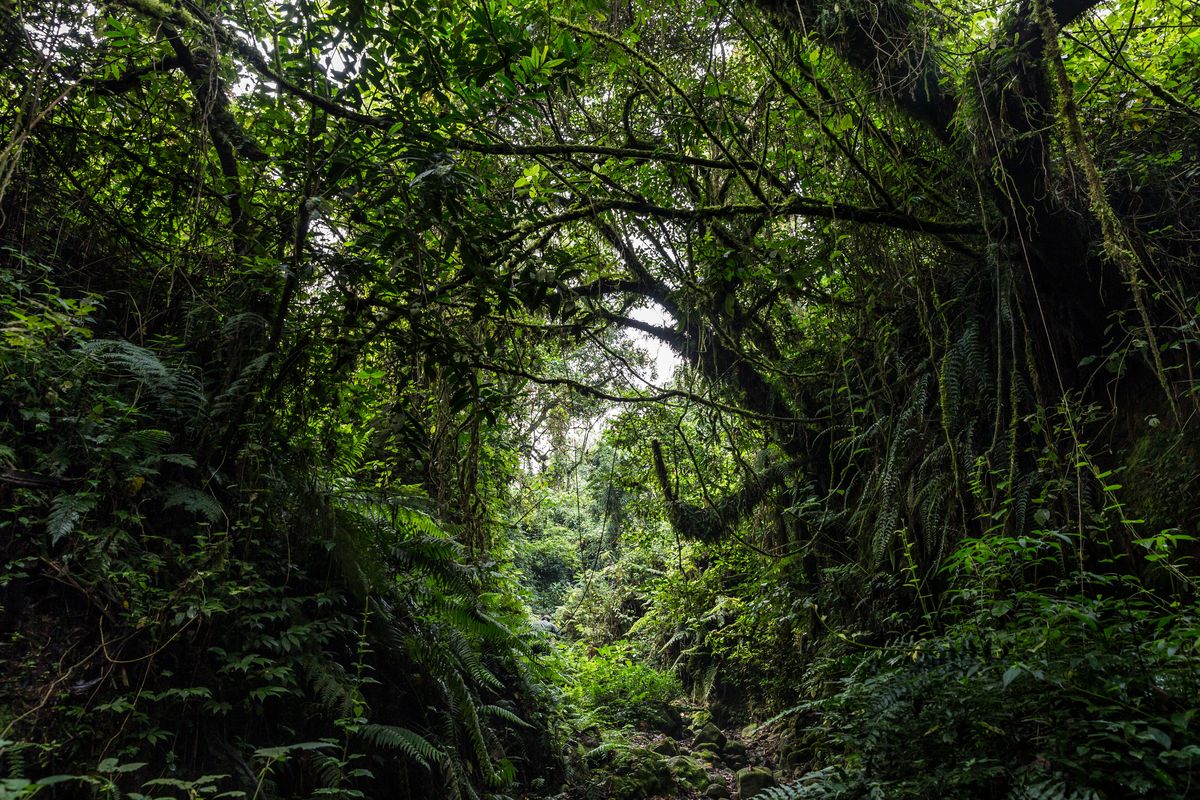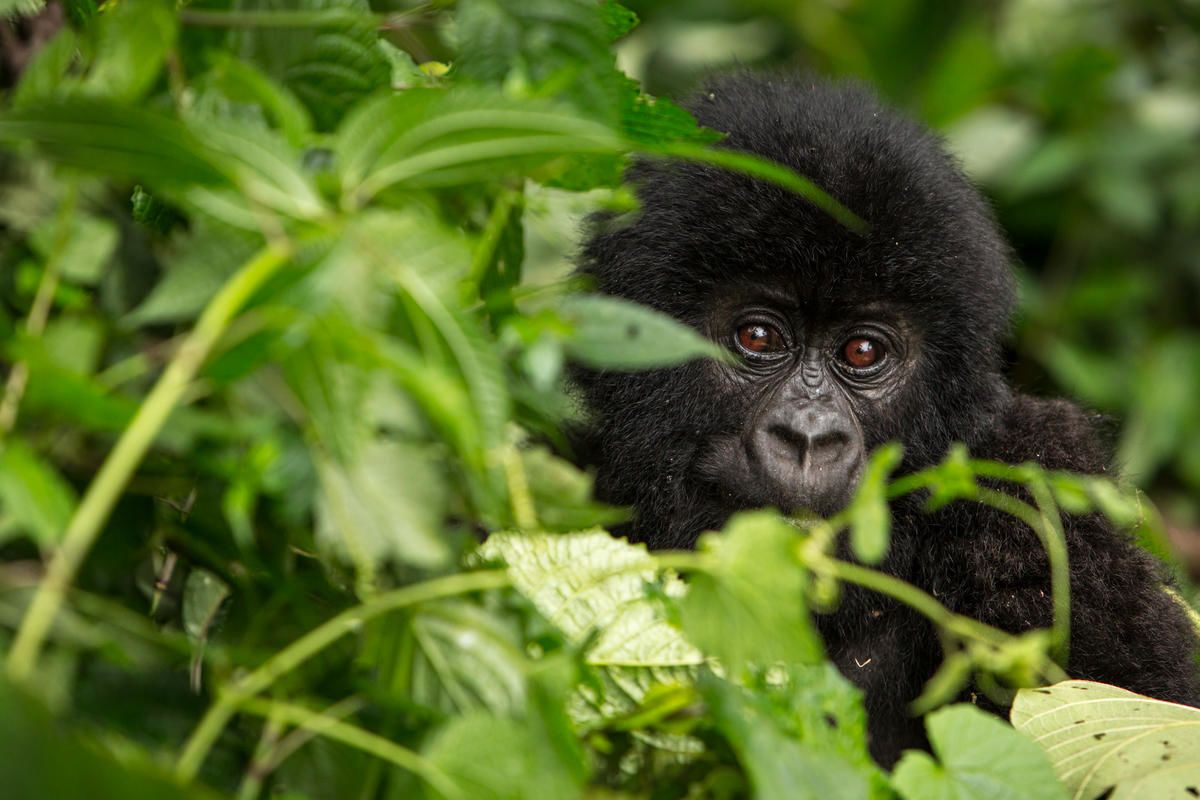International Gorilla Conservation Programme
Over 30 Years of Impact Report

Only around 1,000 mountain gorillas remain in the world today. They inhabit an area of less than 780 sq km, in forests that straddle the borders between Rwanda, Uganda and the Democratic Republic of the Congo.
In an incredible conservation success, collaborative efforts have reversed decades of decline in their numbers. Yet the increase in their population is fragile.
Mountain gorillas continue to need protection and habitat management if they are to survive.
Mountain gorillas are the only great apes whose population size is increasing.
Following the steady increase in mountain gorilla numbers, in 2018 the IUCN revised their status from ‘critically endangered’ to ‘endangered’ (IUCN Red List)

A Unique Partnership
The International Gorilla Conservation Programme (IGCP) is a unique coalition of international conservation organizations joining forces with national and local partners to ensure the long-term survival of mountain gorillas (Gorilla beringei beringei). IGCP is locally owned, and it operates with global support, facilitating and advocating for mountain gorilla tourism best practices and adaptive approaches.
Mission:
Securing the future for Mountain Gorillas
IGCP is a collaborative coalition of Conservation International, Fauna & Flora and WWF. It was established in 1991 by the African Wildlife Foundation (AWF), Fauna & Flora and WWF to tackle threats to mountain gorillas and their habitat and build on the success of the Mountain Gorilla Project and other regional initiatives.
Since 1991, the coalition has achieved impact across the mountain gorilla range together with many local, regional and international partners. Together they have undertaken research, conservation policy, advocacy, training, and interventions in the field.
IGCP continues to be a voice for mountain gorillas and their transboundary habitat and has a unique ability to facilitate stewardship and collaborative action in the region.
This collaboration, across the three countries of the mountain gorilla range has enhanced social and political support for conservation, improved how effectively mountain gorilla parks are managed, and enhanced tourism revenue-sharing among communities living alongside these parks.
The partnership also incorporates the respective protected area authorities of the three countries in which IGCP works: the Rwanda Development Board (RDB), the Uganda Wildlife Authority (UWA), and the Institut Congolais pour la Conservation de la Nature (ICCN)

Mountain Gorilla Range
Mountain gorillas are found only in high-altitude mountainous forests with elevations of 2,500 to 4,000 meters. IGCP works across their entire range, focusing on these four protected areas:
- Bwindi Impenetrable National Park (Uganda) (321 km2)
- Mgahinga Gorilla National Park (Uganda) (33.7 km2)
- Volcanoes National Park (Rwanda) (160 km2)
- Virunga National Park (DRC) (255 km2) including Sarambwe Nature Reserve (9.8km2)
Both Virunga and Bwindi National Parks are designated World Heritage Sites. Volcanoes National Park is a Biosphere Reserve.
Context
- An increasing population of over 500,000 people live near mountain gorilla parks. Many of them depend on subsistence and commercial agriculture including potato, pyrethrum, tea and coffee.
- Conflict between people and wildlife – primarily crop raiding by buffaloes, elephants and, more rarely, gorillas – remains a challenge across the entire mountain gorilla range.
- Poaching of mountain gorillas for food is extremely rare, but snares set to catch antelopes, bush pigs and other wildlife kill or injure mountain gorillas, which jeopardizes the survival of this species.
- Tourism is the main source of foreign income earnings in Rwanda and Uganda. Nature-based tourism focuses largely on mountain gorillas and plays a growing role in funding conservation and development.
- The Covid-19 pandemic had a huge negative impact on tourism in the region. It also renewed concerns about the potentially catastrophic effect human disease transmission could have on the small populations of these great apes.
- In the past decades, political instability and armed conflict in parts of the region made law enforcement, monitoring and tourism development very challenging.
- Mountain gorillas are likely to have limited ability to adapt well to a changing climate: human settlements constrain their potential to disperse, and they face limitations owing to their low genetic variation and low and slow reproductive rate.
Over 30 Years of Impact
Since 1991, IGCP has become a trusted facilitator and partner in mountain gorilla conservation and transboundary collaboration. IGCP has helped put in place conservation policies, standards and guidelines which, together with a corresponding increase in capacity, have been instrumental in influencing action across this landscape.
Its model of transboundary resource management has been widely acknowledged as an exemplar of best practice. The Greater Virunga Transboundary Collaboration (a formal agreement for conservation of mountain gorillas and their habitat) gives hope for their sustained protection.
IGCP has supported protected area management, which has helped to improve the ecological condition of mountain gorilla habitat in areas that were previously prone to human disturbance. For example, gorillas have recently returned to parts of the Virunga Massif from which they had been previously extirpated, following conservation measures.
The latest gorilla population survey results are:
- Bwindi – Sarambwe - 459 gorillas (2018/9; minimum estimate)
- Virunga Massif - 604 gorillas (2015/6; minimum estimate)
- Global total 1,063 mountain gorillas

Reflections
Wellard Makambo,
IGCP Director
"Collaboration with partners at local, national, and international levels has enabled IGCP to deliver significant impact over the past 30 years. It has enabled us to bring together partners to deliver key conservation results such as the mountain gorilla census, popularizing the gorilla visitation rules, addressing the transboundary human-wildlife conflicts and developing the Ebola and Covid-19 contingency plan for the Virunga Massif."
Dr Maggie Kinnaird,
Board Chair, IGCP and Biodiversity Practice Leader, WWF
"Looking back at the threats mountain gorillas and their habitats have endured over the years, it is incredibly heartening to finally witness their resurgence. It is a powerful example of conservation impact, thanks to the sustained and dedicated efforts of rangers, local communities, and through ongoing collaborative work across the range countries. We at WWF are incredibly proud to be part of the IGCP partnership and are determined to build on this momentum, to ensure thriving populations of mountain gorillas into the future.”
This report details the impact made by the IGCP over its 30-year journey and summarizes its ambitions for further impact for the incredible mountain gorilla and beyond.

©️ International Gorilla Conservation Programme.
Prepared by IGCP with copy and design by Jenny Roberts. Published in September 2024 by IGCP. Any reproduction in full or in part must mention the title and credit the above-mentioned publisher as the copyright owner.






